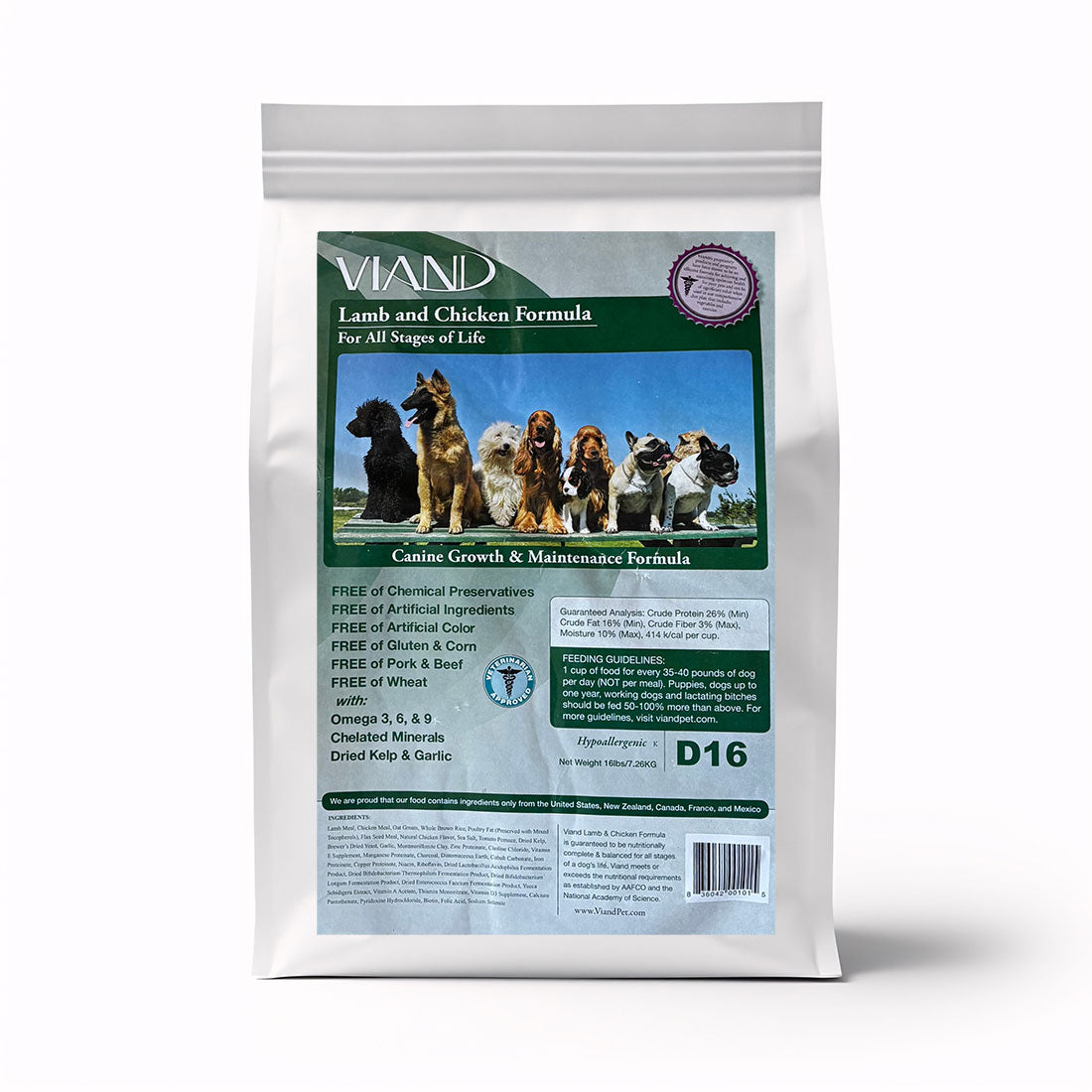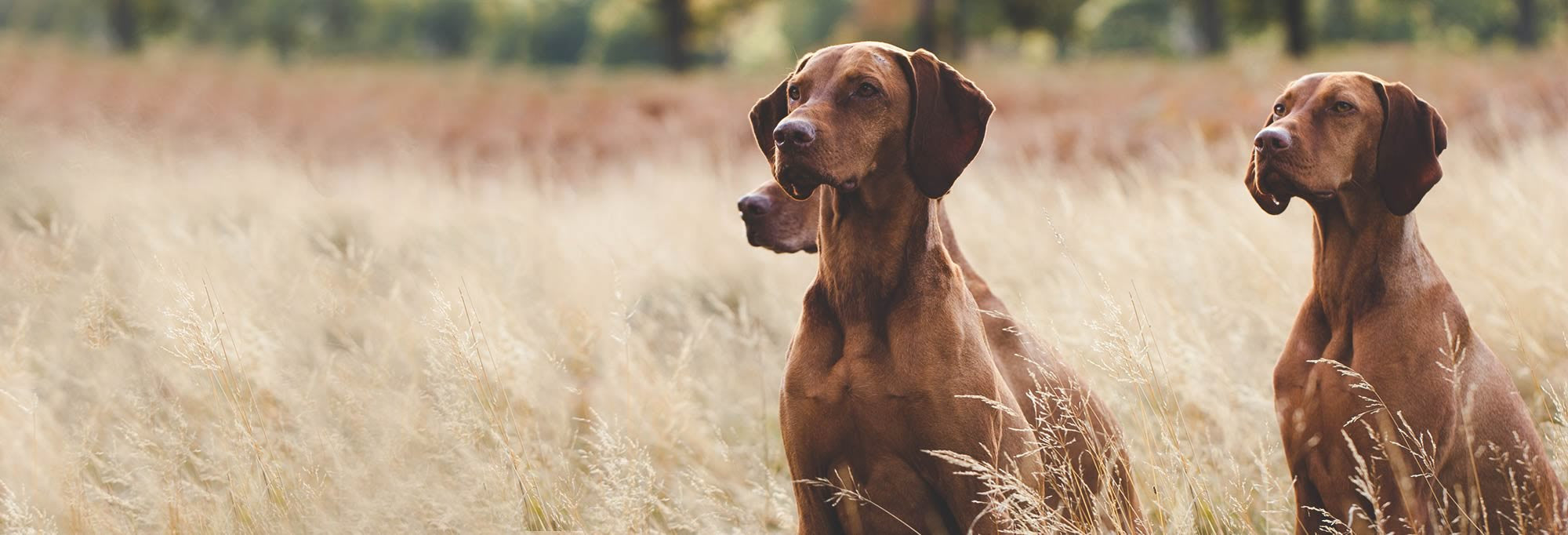· By Scott Pollak
The Canine Natural Raw Meat Diet
GUIDELINES AND RECIPES FOR FEEDING
THE CANINE NATURAL RAW MEAT DIET
Raw foods are the most powerful healers, proven time, and time again. Dogs have been waiting for this food their entire lives, and will eat it with gusto as long as they have some natural remaining taste bud function. The genetic encoding of the raw food and the genetic encoding of your pet is a match; this is the key to revitalizing a weakened system (DNA and RNA sub-unit transfer from food to consumer-from one species to another-guides the return to a more healthy state). Heated and processed food destroys the DNA and RNA structural intelligence, creating food that is appropriate only for survival, not health. With this in mind, it is best to begin your pets on the Natural Raw Food Diet (NRFD) gradually, as commercial food severely weakens the entire body, especially the vital digestive fires.
A water fast of one or two days will ease the transition to the NRDF. Follow this fast with only the meat portion for two more days; then add the veggies (for two more days) and then the grain portion. This reduces the occasional side effects of diarrhea, which arises from too much housecleaning too quickly from this all-powerful
The Natural Raw Food Diet
General Guidelines
FRESH, WHOLESOME AND VARIED
- One cup by volume of total intake per day per 35 pounds of adult dog or 15 pounds of puppy (5 to 24 months old depending on the breed; larger breeds mature more slowly).
- Extremely active dogs require more grain or more food in the ratios listed below.
This quantity feed is approximately 1/2 to 1/3 of your current commercial ration. This diet is low bulk and very concentrated, just what your pet's digestive system is designed to receive.
This Raw Food Diet for the dog consists of:
65% = raw meat. Raw means, NOT cooked! It is fine to cook it if you must, but know that you are cooking it for yourself, not for your pet. Cook the food as little as possible until you feel comfortable feeding it raw.
Turkey, Chicken, Beef, Lamb, Venison
Generally speaking, the larger breeds of dog require denser meats that come from larger animals (meat source origin).
30% = raw grated or chopped veggies: fresh,
5-10% = cooked or raw grain. Dogs love oatmeal. Rye, millet, couscous, quinoa, buckwheat, wheat, etc., are all fine. Cook if desired, crumble raw and sprinkle over the meat, or serve as a separate meal. Add your favorite greens or herbs (watercress, dandelion, and cilantro are excellent).
Fats/Oils: Safflower oil, olive oil, sesame oil, butter or ghee (clarified butter), are fine.
Milk and Milk Products: Pasteurized cow's milk can cause diarrhea, flatulence and uneasiness in the less-vital animal. Any processed (i.e.
Eggs: Excellent overall food source. One to several eggs (depending on the size of the dog) twice weekly. Raw is fine with the
Water: Best is spring-fed (check to see if it's contaminated) purified, carbon-filtered or R.O., or
Supplements (Vitamin and Mineral): Including but not limited to:
- Colloidal minerals containing more than 70 naturally occurring minerals, preferably in liquid form. There are many such products available. Dose according to weight
on the container. Products that are truly colloidal are clear with no cloudiness. - Dog multi-vitamin mineral supplement. Dose according to instructions.
- Calcium, either via bone meal (human-consumption quality) or calcium tablets or powder in the form of calcium carbonate, gluconate, or lactate along with magnesium if possible. Give one to two times the recommended dose to compensate for the lack of efficient absorption from the gut in many animals. Beef bones are an excellent source of minerals; give only raw marrow (long) bones, marrow and all. Ask the meat department to cut the bone into smaller "rings," freeze and give as tasty treats. Watch to see how much of the bone is actually chewed away.
- Vitamin C and Vitamin E: Child to adult dosage depending on size. Kelp, nutritional yeast, antioxidants, lecithin, wheat grass juice, sprouted beans or seeds have all been used successfully for their nutritional support and can be added freely or according to label. Start off in small amounts until the animal gets accustomed to the new tastes.
- Dry Dog Food: if you're not a purist or if you do not have the time to prepare a total home diet, use dry dog food as a supplement. Look for foods that have no artificial preservatives, additives or addictive appetite stimulants. The food should be high in meat meal, with a company policy of delivering freshness and quality ingredients. A super-concentrated dry food (predominantly meat) will most likely mimic the NRFD. This kind of dog food will not be in supermarkets.
How much do you feed? Generally speaking, after some time the animal will eat approximately half (or less) the amount of natural diet as it was consuming of supermarket commercial dog food. Do not be concerned. The most important thing to consider is how the dog looks. You should be able to feel the ribs, and the stomach area should be tucked up compared to the chest. The tips of the vertebrae (bones of the spine) should be easily felt and should be higher than the muscles/
If there is more "dog" than described here, reduce food intake. If more weight is needed, increase the food ration. There is
How often do you feed? Adult dogs need only feed once a day. Fasting once a week with fresh water available at all times will enhance your pet's wellness. The animals truly appreciate the rest day and will periodically take it even though food is made available.
Puppies, Lactating, and Pregnant Dogs: These life stages require more frequent feeding and slightly higher protein, mineral, and dairy content in the diet. High-quality growth formulas can be used as supplements; it is best to stay under 30% of the total ration.


